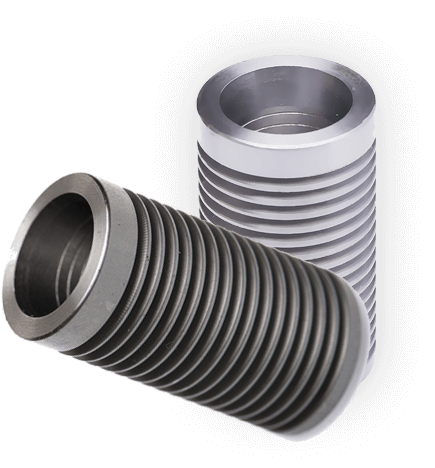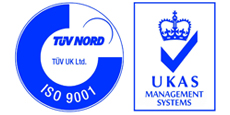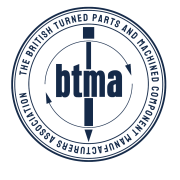Fixed‑Head vs Sliding‑Head CNC Turning: Definitions and Uses
CNC lathes are machine tools used for turning, milling, drilling and tapping components. Primarily used in metalworking, these lathes generally have either fixed or sliding headstocks. The differences between fixed-head and sliding-head CNC lathes present benefits and drawbacks to each. In this guide, we’ll define fixed vs sliding head lathes and discuss the best ways to use each.
Definitions: What are Fixed‑Head and Sliding‑Head Lathes?
All lathes consist of a spindle, a headstock and a tailstock. The spindle secures the workpiece and spins on an axis. The headstock houses the spindle and the motor that drives it. The tailstock or sub-spindle stabilises the far end of the workpiece with a narrow point, keeping it in line during turning. This also allows for the transfer of the part for back working where required.
Fixed‑Head CNC Turning
In a fixed-head lathe, the spindle headstock is fixed to the machinery and does not move during operation other than rotationally. These lathes have stable support for the workpiece during turning and can work with a wide range of diameters but must be mindful that if the length is too long for the diameter, the part will deflect..
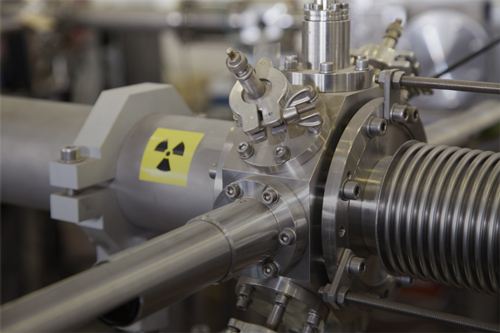

Sliding‑Head CNC Turning
The spindle headstock can slide back and forth on linear rails or guideways. This sliding motion, combined with a guide bush that supports the barstock on a newly turned workpiece, allows for turning extremely long, slender components without requiring additional support.
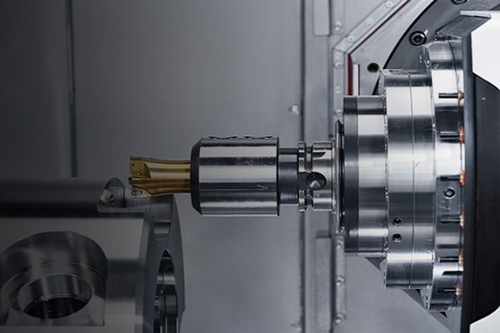

Key Advantages and Limitations
In manufacturing sectors that require precision-turned parts, both fixed and sliding-head CNC lathes are vital. The advantages and limits of each type of CNC turning give them different roles to play. The overlap between technologies has broadened as machine tool companies have been making ever larger diameter sliding head machines, often with an option to remove the guide bush for short stubby parts.
Advantages of Fixed‑Head Lathes
Fixed-head lathes are versatile: our own handle bars up to 65mm in diameter and billets up to 250mm, provided the length is proportional. Quick to set up, these are ideal for smaller quantities and components requiring large stock removal.
They can also manage a broad range of materials, including Carbon Steel, Mild Steel, Copper, Brass and Aluminium.
Fixed-head machining is more suitable than sliding when machining rough bar stock, as it offers greater power and stability. The guide bush on a sliding head machine must be tight to the barstock in order to maintain tolerance and finish.
Limitations of Fixed‑Head
Generally, the maximum length of the part for fixed-head lathes is limited to 4 times the workpiece diameter. When working long, narrow parts, they have limited precision, because the potential for deflecting the workpiece is high.
Chatter and vibrations can impact precision at the far end from the spindle, as this end is held less securely. This means machinists must slow the cutting parameters and reduce the cutting depth to avoid deflection or support the workpiece during manufacture
For longer, narrow pieces, sliding-head lathes maintain quick machining times per part.
Advantages of Sliding‑Head Lathes
To manufacture long, slender components, sliding head lathes are much more precise. They are built for high precision turning of small diameters, with guide bush support and rigidity.
This support enables a high metal removal rate, as the risk of deflection is greatly reduced. We can manufacture long, thin cylindrical parts at greater speeds with sliding head machining.
Sliding head machines are suitable for working with high-quality materials.
Limitations of Sliding‑Head
Sliding head machines require high-quality bar feed to meet tight tolerances and there is a higher degree of material wastage due to the length of bar being held between the collet and the guide bush.
The maximum bar diameter is also limited to 38mm, so these machines are more suited to manufacturing narrow parts than thick components and are unable to handle billets.
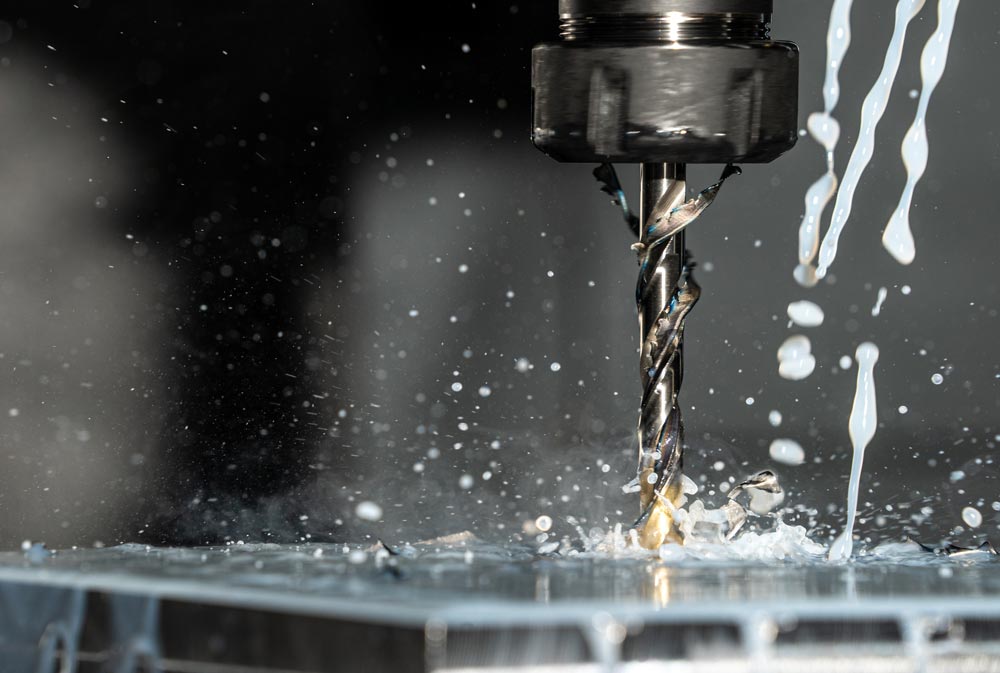

When to Use Fixed-Head vs Sliding-Head Lathes
For each job, we determine the type of lathe to use depending on the specific workpiece requirements. Turned parts manufacturers evaluate the expected dimensions, materials, and precision needs to inform this decision.
Fixed-head CNC lathes are suitable for the general manufacturing of short workpieces with large diameters. It is also more cost-effective, with a wider range of material choices. For rough bar stock, fixed-head machining is the right choice.
Industry sectors that require fixed-head machining services include automotive, aerospace, oil and gas, and general parts manufacturing. These are typically used for gaskets, cuffs, large pipe connectors, and axles, to name a few.
Where precision is required for longer, slender components, sliding-head turning servicesare the best choice. These components typically serve industries including medical manufacturing, aerospace and electronics, manufacturing turned parts such as actuators, couplings, pins, shafts, dies, punches, terminals, and hydraulic components.
CNC Turning at Wilco Manufacturing
Choosing the right machine for any manufacturing operation is important for time-frames, part quality and budgeting. The differences between fixed-head and sliding-head CNC machining clearly define which service is best suited to a particular part.
Our facility is equipped with both types of CNC lathes in a range of speeds and styles, allowing us to choose the machine most suited to customer requirements and offer continuous manufacturing at scale. We are happy to advise on the most appropriate service and draw on 80 years of manufacturing experience to provide it.
Discuss your part — call 0121 772 6212 or email sales@wilcomanufacturing.co.uk
Fixed vs Sliding Head Machining FAQs
Can one machine do both styles?
Fixed and sliding head machines are distinct lathe types, and while both machines could manufacture some parts in similar ways, the key differences lie in which parts move during turning.
What are typical tolerance and bar-size limits?
Our services can typically work to tolerances as tight as +/-0.25mm. Dimension limits for turning vary depending on whether fixed-head or sliding-head machines are used. With our range of machines, we can offer fixed-head turning for bars up to 65mm in diameter and sliding head for bars up to 38mm.
Which gives faster turnaround?
Assuming the quantities are the same, turnaround times depend on the size and complexity of the part. For complex parts, the sliding head machines will most likely be quicker. However, fixed-head machines can use larger cutting tools and more powerful spindles, making them the quicker option for simpler shapes.
What extra tooling or costs are involved?
Additional costs depend on the project, but will not be charged without prior agreement at quoting. We offer post-turning services such as milling, cross drilling, tapping and assembly, as well as free stock-holding to reduce your costs.

